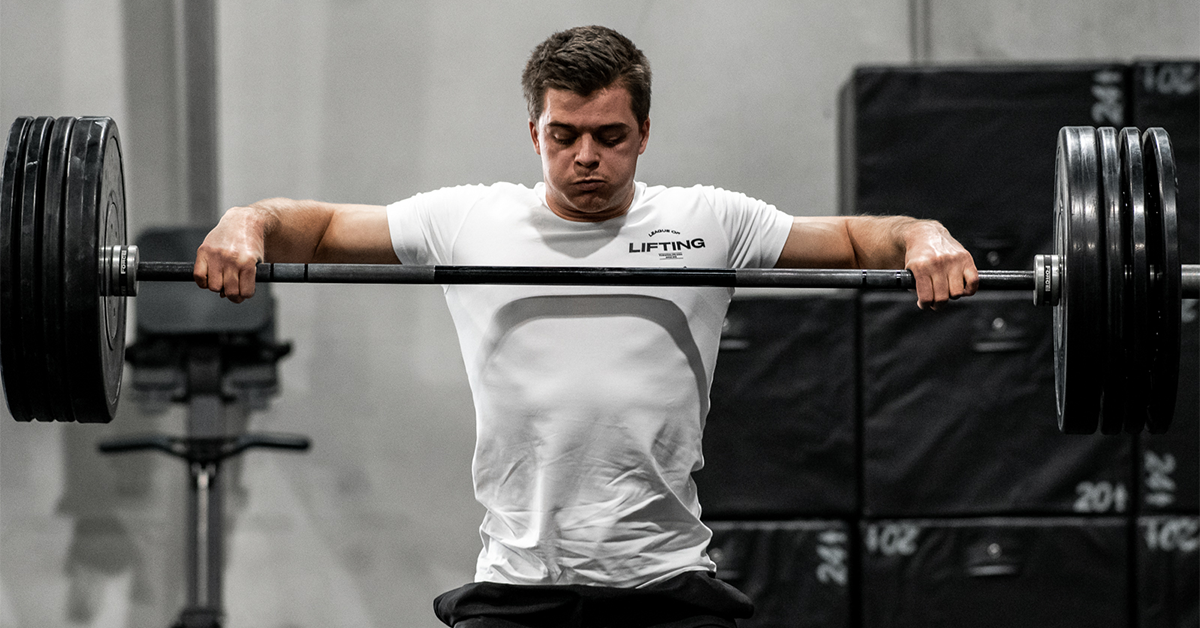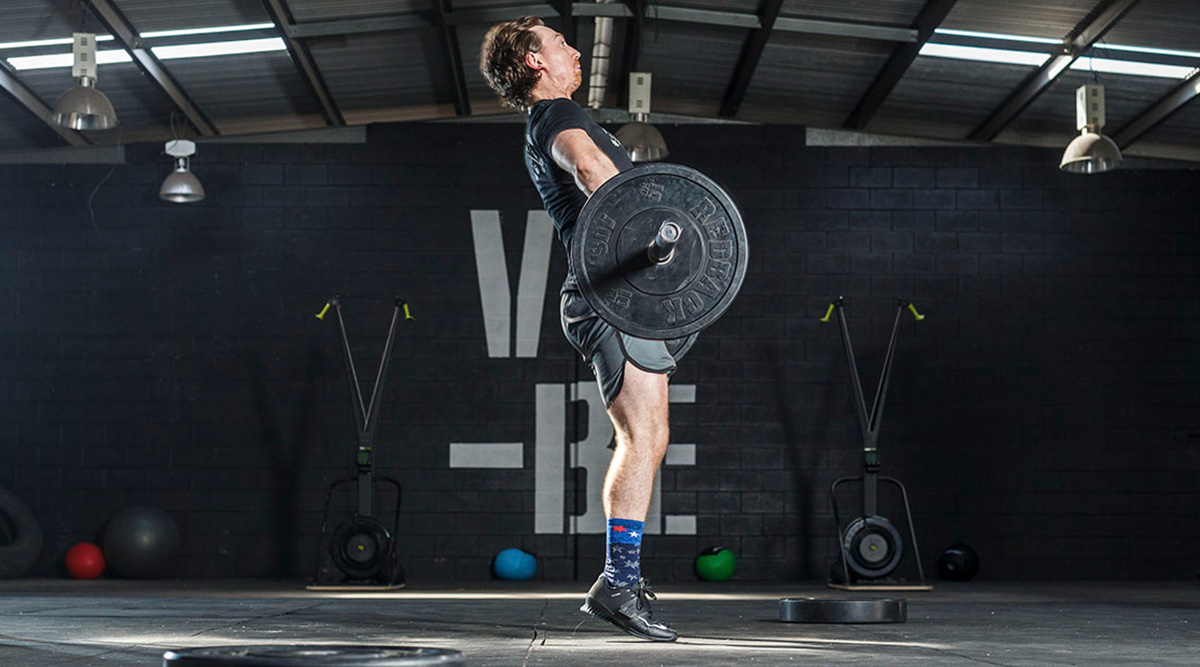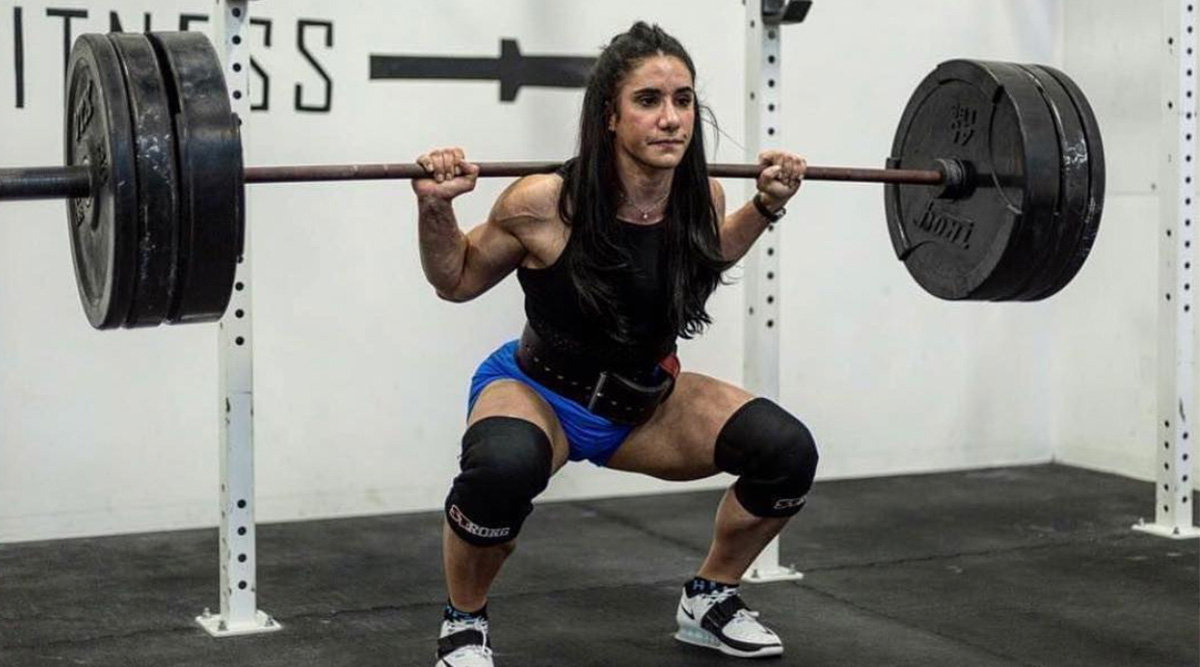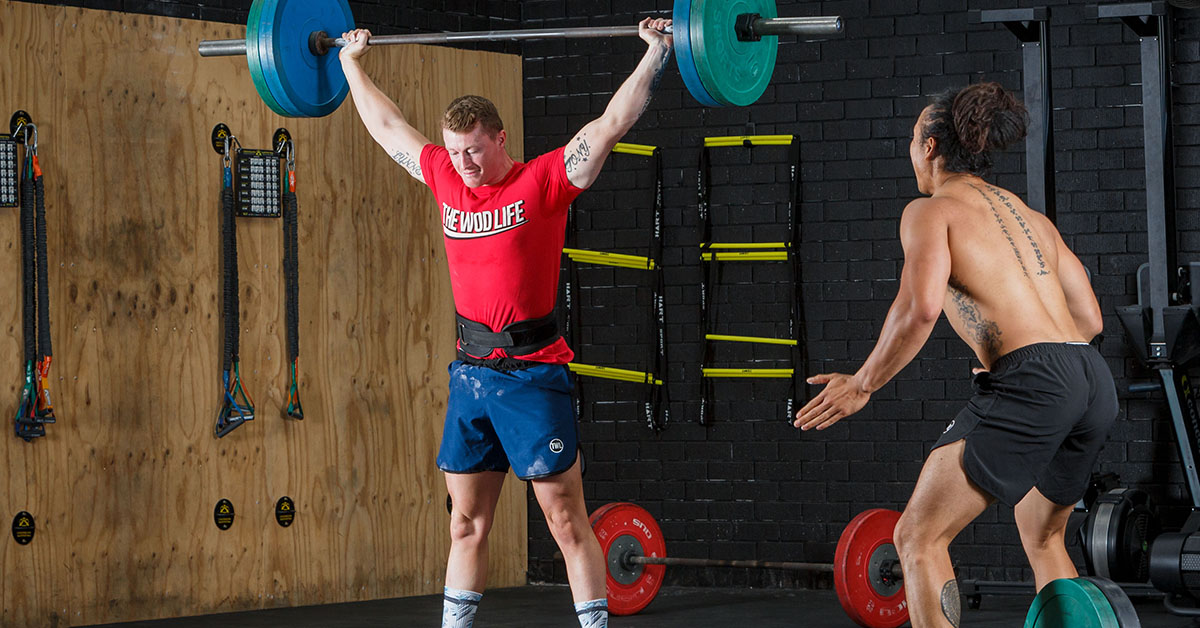When your hands feel like they’re about to fall off, it might be a good time to start using lifting straps.
Weightlifting straps are an important tool, and understanding how to use them properly is important to your training. How do they work, when exactly should you strap up, and what specifically will they do to help you with your weightlifting?
Let’s dive in!
How Do Lifting Straps Work?
Think of them as an extension of your grip.
You put the loop around your wrist and then anchor the loose end to your barbell. This effectively takes much of the pressure off of your grip. So, instead of your fingers needing to hang onto the barbell for dear life, the straps will do a lot of the heavy lifting — literally.
Now, how you use your lifting straps will depend on (1) your sport and (2) what kinds of straps you’re using. But here’s a quick primer:
You need to make sure that your straps are facing the right way and looping around the bar in the correct direction. Otherwise, things get weird.
You’ll feel the difference once you put straps on. The bar will hang from your grip more effortlessly, and you’ll feel like you can lift longer and heavier.
When Should You Use Weightlifting Straps?
You might’ve read that previous sentence and thought, “Sweet! I’ll just always lift with straps!” Not so fast. There are definitely correct and incorrect times to use them.
Importantly, remember that you want to build your grip up. You want those tiny muscles — and the skin of your palms! — to toughen up. So, to immediately default to lifting straps isn’t in your best interest.
As a rule of thumb, you should reserve straps for when you’re performing a lift, and your grip gives out before the rest of your body. In other words, your grip is the limiting factor, and you could actually go heavier or longer if it weren’t for your hands being exhausted.
Important note: Because you’ll likely be able to lift more with straps, understand that your max with straps will be different from your max without straps. If, in training, you snatched 100kg with straps, don’t assume you’ll be able to snatch 100kg in competition, where straps aren’t allowed.
Which Lifting Straps Should You Use?
Great question! It’s going to depend on your sport. Because powerlifters typically lift so much more weight, and because the bar doesn’t spin/rotate during a deadlift, their straps are thicker and sturdier.
Olympic weightlifters, on the other hand, need something thinner that allows for more purchase on the bar. (Psst! Shop our weightlifting straps at TWL.)
Shop Now
You can use straps that are already pre-looped for you, meaning you just have to slip your hands in. Or, you can buy straps that are just loose pieces of material. Either one will work, but many athletes (especially newbies) prefer the ones that are pre-looped. Less work involved!
When utilized properly and at the right times, weightlifting straps can help you lift more reps and more weight. Use them wisely!
















